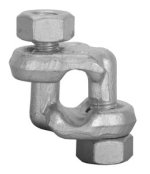escavader
Veteran Member
I never heard of it until this week lets see how many others have clue I was hanging 50 ft of 16 in blower pipe from rafters 20 ft up in our shavings building at work

What is the reasoning? Best guess I could come up with is that doing the wrong way might possibly cut/fray/weaken the live part of the cable.
Thanks,
PMH